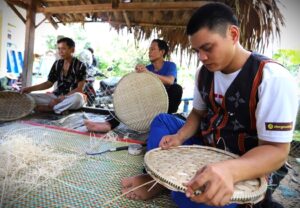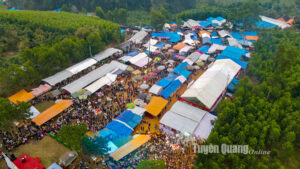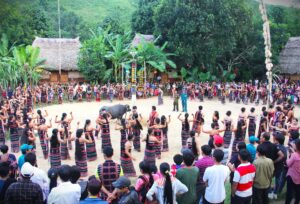Dien Bien leverages cultural heritage to attract tourists
Preserving and promoting the traditional cultural values of its ethnic communities is central to Dien Bien Province’s tourism development strategy.
With 19 ethnic groups, each possessing a distinct cultural heritage, Dien Bien is rich in resources to craft a wide array of tourism experiences. These not only captivate visitors but also offer authentic, immersive encounters that highlight the province’s vibrant cultural identity.
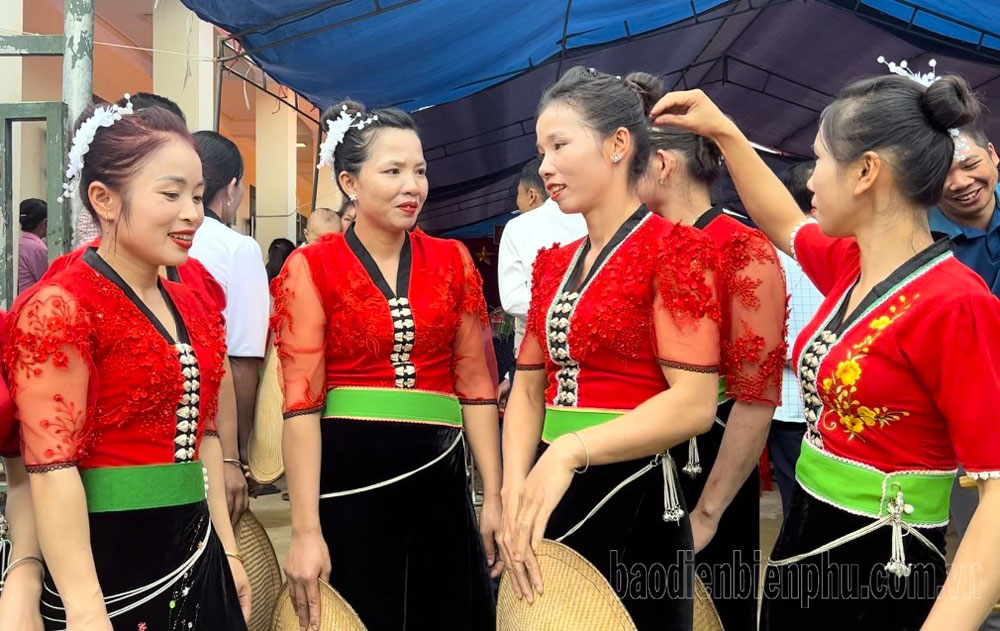
Each custom and tradition of the ethnic groups contributes to Dien Bien’s rich cultural identity.
Nestled along the picturesque Pha Din Pass, Long Village in Toa Tinh Commune, Tuan Giao District, exemplifies the successful integration of tourism development with cultural preservation.
Home to Mong ethnic residents, the village is celebrated for its cool climate and breathtaking landscapes. Recognised by the district for its tourism potential, Long Village has embraced its transformation into a cultural tourism destination, inspiring residents to enhance their community and welcome visitors.
According to Mua A Sung, the village head, all 109 households collaborated to construct a 500-metre road leading to popular attractions such as sunrise and cloud-watching spots, terraced fields, Cop Cave, and Dragon’s Nose Rock.
Mua A De’s family is among the first to establish homestays in the village, converting their home into accommodation with four guestrooms, twelve beds, and modern amenities tailored to tourist needs.
In addition, the village has revitalised its traditional cultural activities, forming a performance troupe and a Mong panpipe dance team. Residents have also been encouraged to wear traditional clothing during festivals and special events.
Adding to the excitement, early December saw Long Village host experimental competitions showcasing traditional ethnic sports and folk games of the Mong people. Over 200 athletes from seven villages in Toa Tinh Commune participated, celebrating the rich cultural heritage of the area.
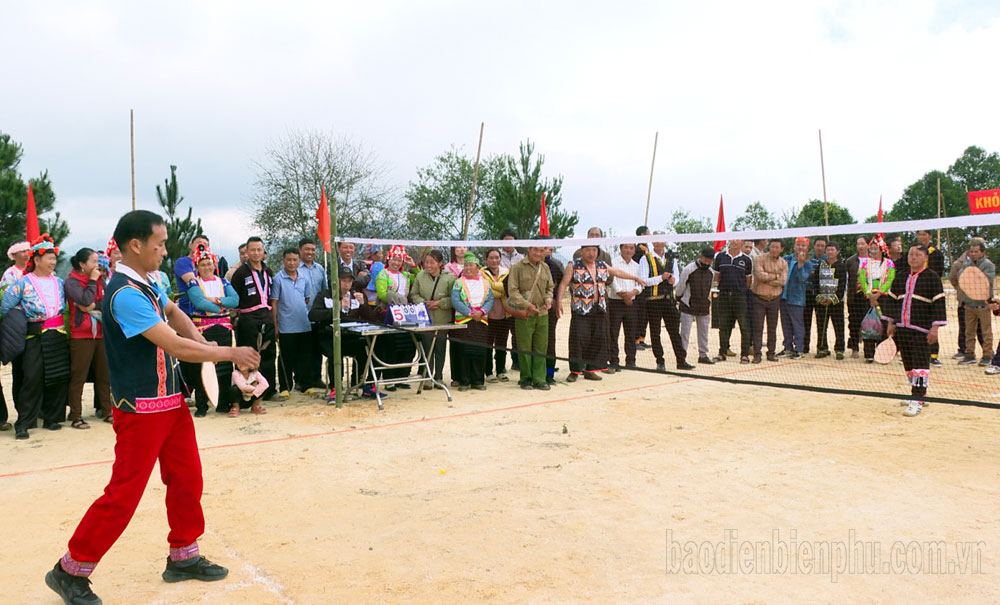
Athletes competing in a traditional sport.
These competitions are part of Project No. 6 under the National Target Programme for Socio-Economic Development in Ethnic Minority and Mountainous Areas. The programme seeks to integrate cultural preservation with tourism development.
Organisers have provided tools to preserve traditional sports and folk games, ensuring they remain a vibrant part of the local community while also appealing to visiting tourists.
Meanwhile, Tua Chua District is promoting its own unique tourism offerings. Renowned for landmarks such as the Ta Phin Stone Plateau, terraced fields, and spring festivals, the district also boasts a lively weekly night market.
Held every Saturday evening, the market has become a cultural highlight, showcasing local ethnic traditions, cuisine, and artisanal goods, making it a must-visit destination for tourists.
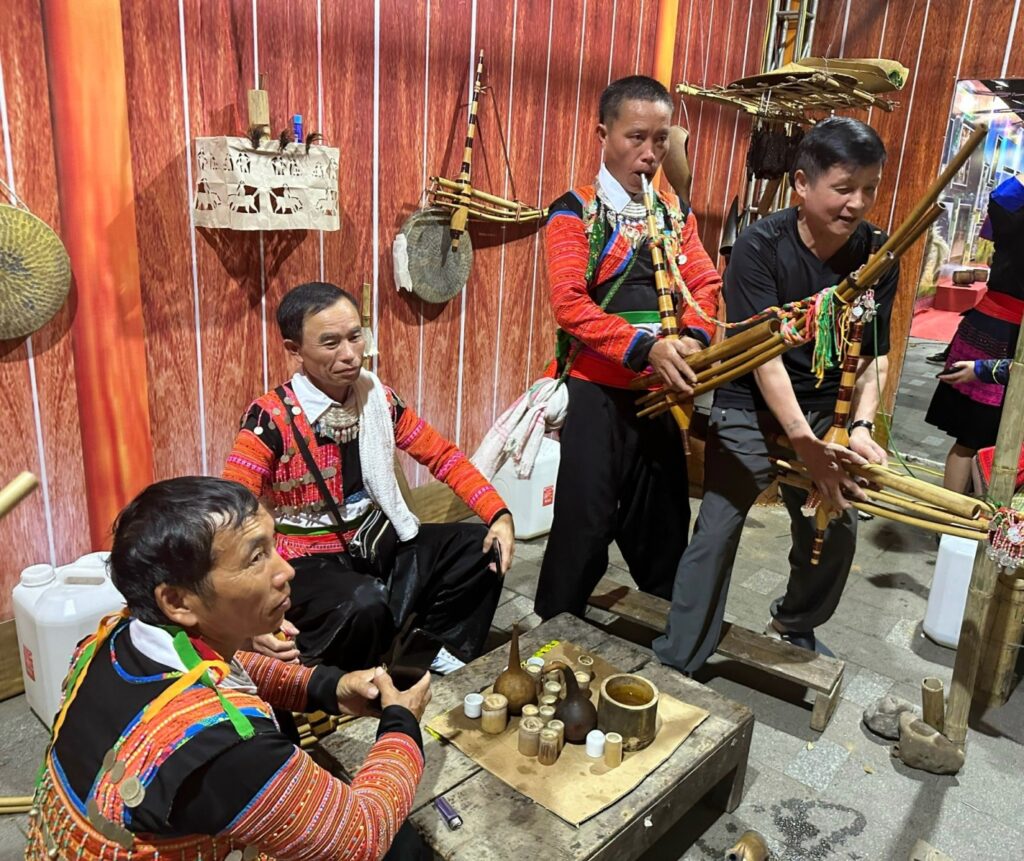
Tourists experiencing the Mong ethnic group’s khen (panpipe) dance.
Nguyen Van Manh, Director of Tua Chua’s Centre for Culture, Broadcasting, and Television, highlighted that the market features cultural performances organised by local schools, communes, and towns.
At the heart of the market is a food court offering regional specialities such as thang co (horse meat soup), mountain goat dishes, and fragrant maize wine, which draw in both locals and tourists.
Since its inception, the market has become a signature attraction in Tua Chua’s tourism landscape.
Dien Bien’s cultural heritage is further enriched by UNESCO-recognised intangible cultural treasures, including then singing and the xoe dance of the Thai people, alongside 14 nationally recognised intangible cultural heritage sites.
Traditional festivals, such as the Ban Flower Festival, the Ban Phu Festival, and ethnic-specific celebrations, have been revitalised and are now held annually, providing fertile ground for tourism development.
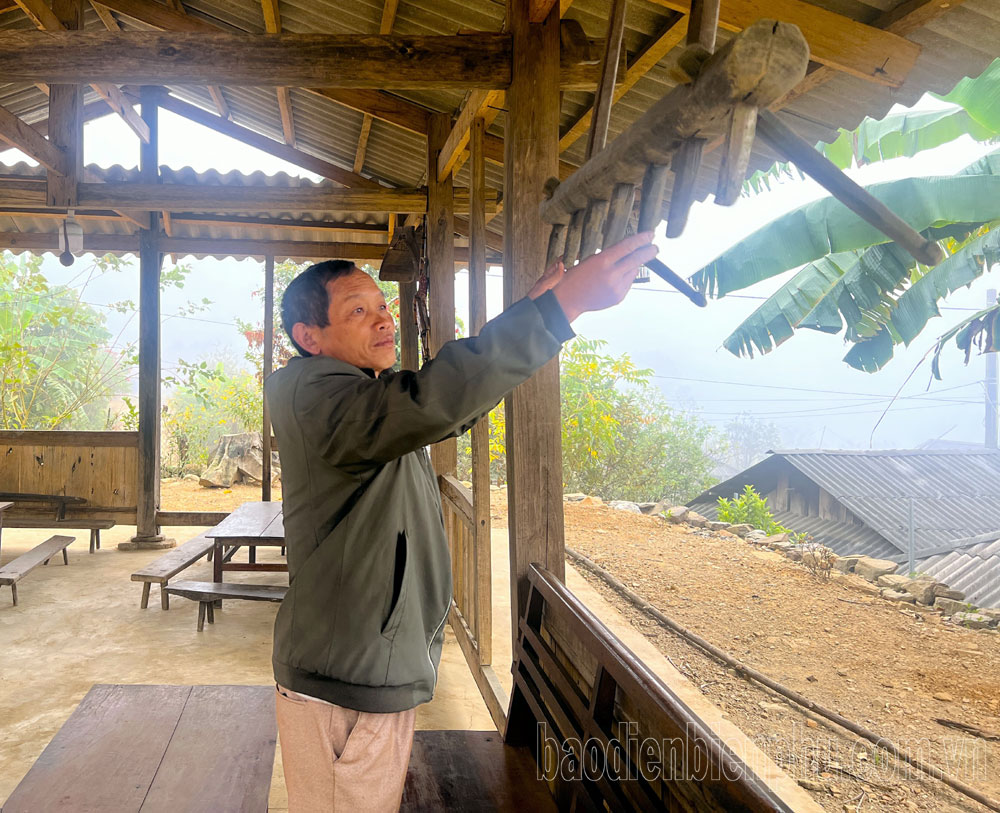
A resident in Tia Lo Village, Noong U Commune, Dien Bien Dong District, renovates his home into a homestay to welcome tourists.
In 2024, Dien Bien welcomed approximately 1.85 million visitors, exceeding its annual target by an extraordinary 543.2 per cent. Tourism revenue reached an estimated VND3.3 trillion (US$137.5 million), surpassing projections by 50 per cent.
These figures underscore the province’s success in integrating cultural heritage into its tourism strategy, creating unique experiences that celebrate the cuisine and traditions of its ethnic communities.
While all ethnic groups contribute to Dien Bien’s rich cultural tapestry, preservation efforts currently prioritise only a select few. Many other communities’ cultural assets remain under-documented, and actionable plans for their preservation and promotion are lacking.
Some areas still face challenges in offering tourism products that authentically reflect their indigenous ethnic identities, limiting their appeal to visitors.
To fully harness the potential of traditional cultural values in tourism, collaboration among local authorities, relevant agencies, and the community is essential.
Only through proactive preservation and responsible management can Dien Bien’s cultural heritage be transformed into compelling tourism products that attract visitors from around the globe.
Thu Hang
Dien Bien Phu News – en.dienbienphu.com.vn

